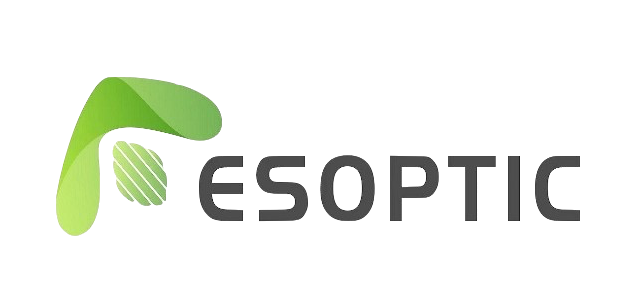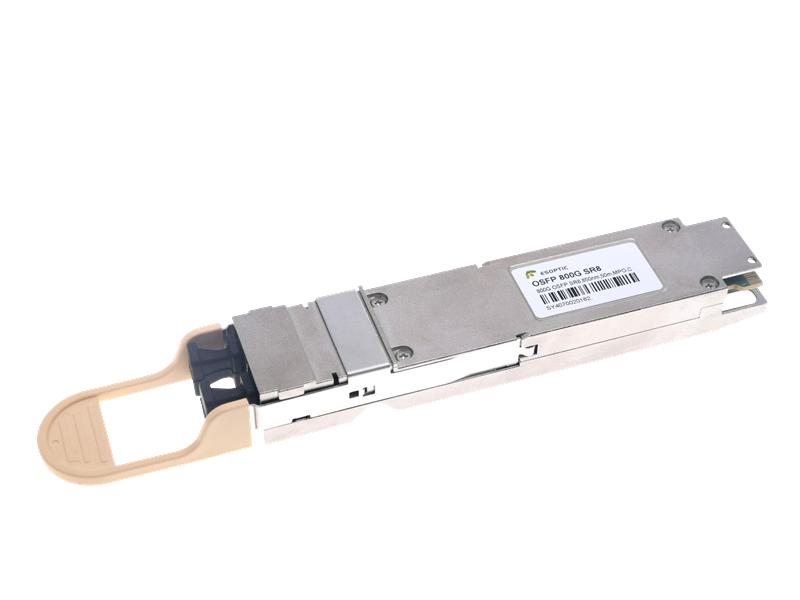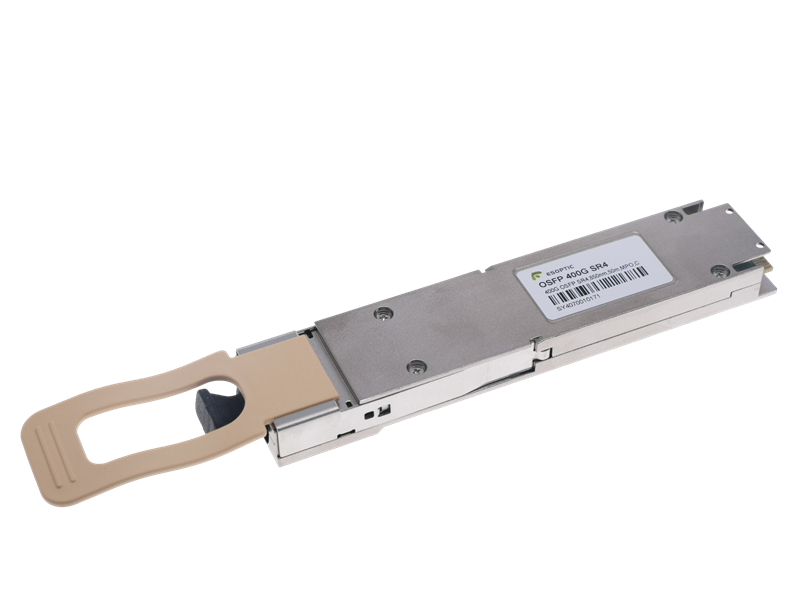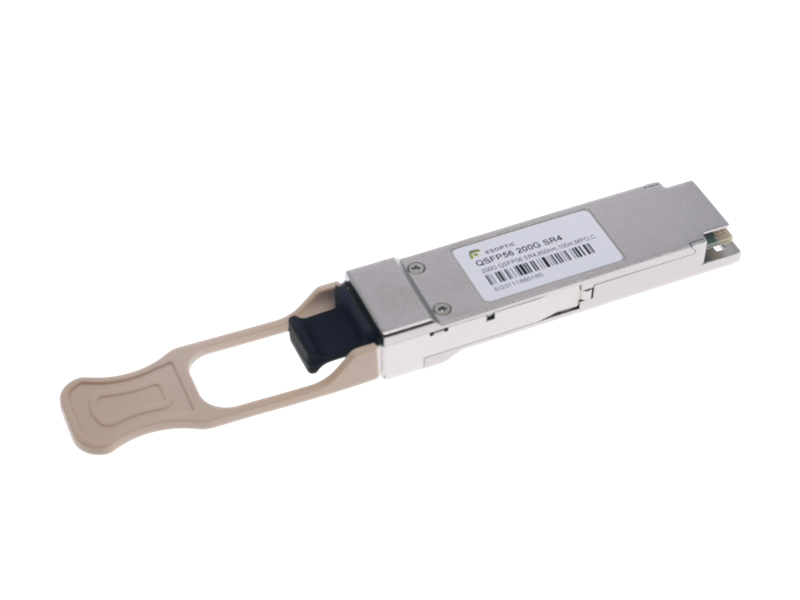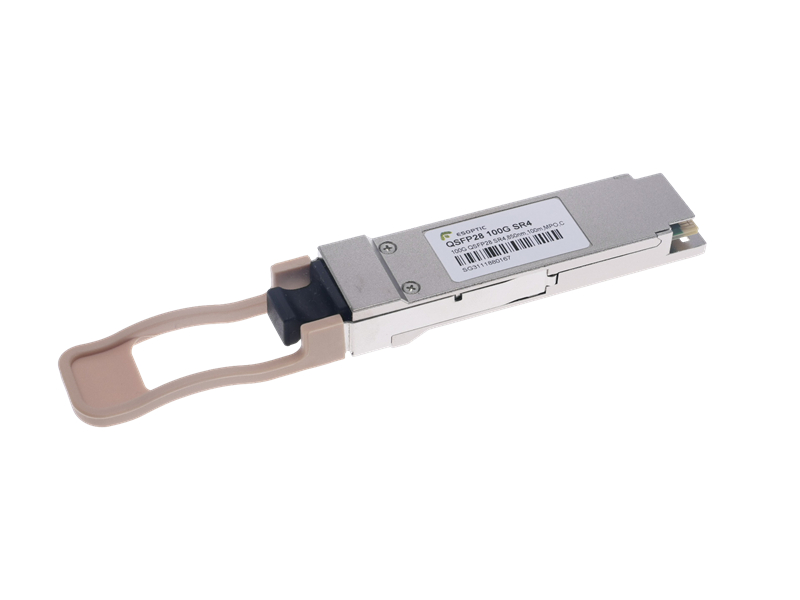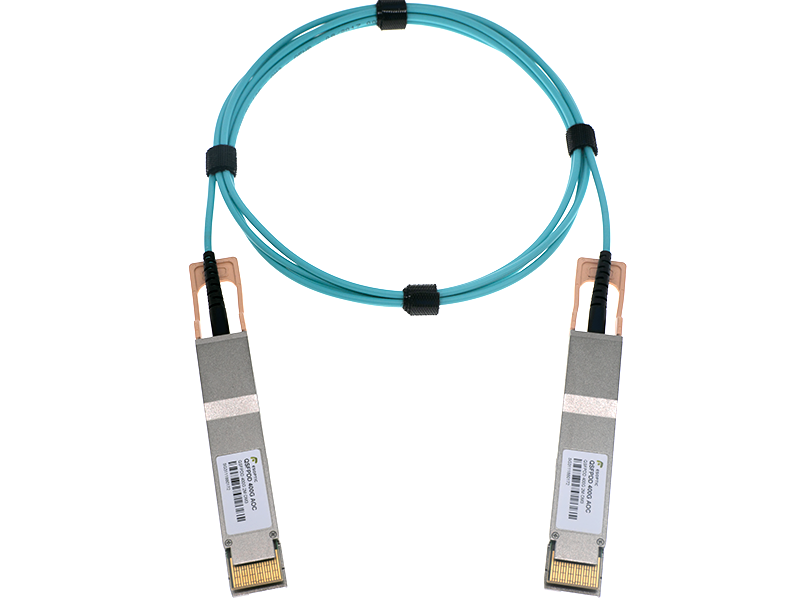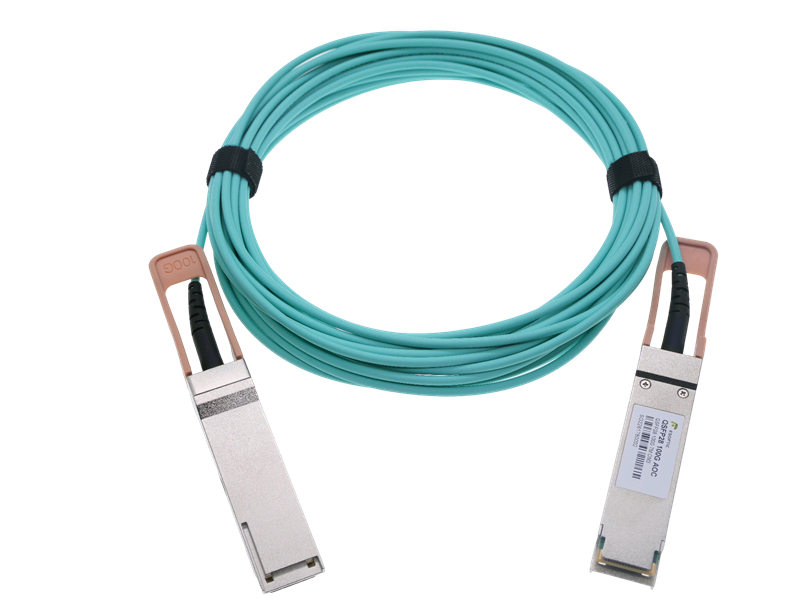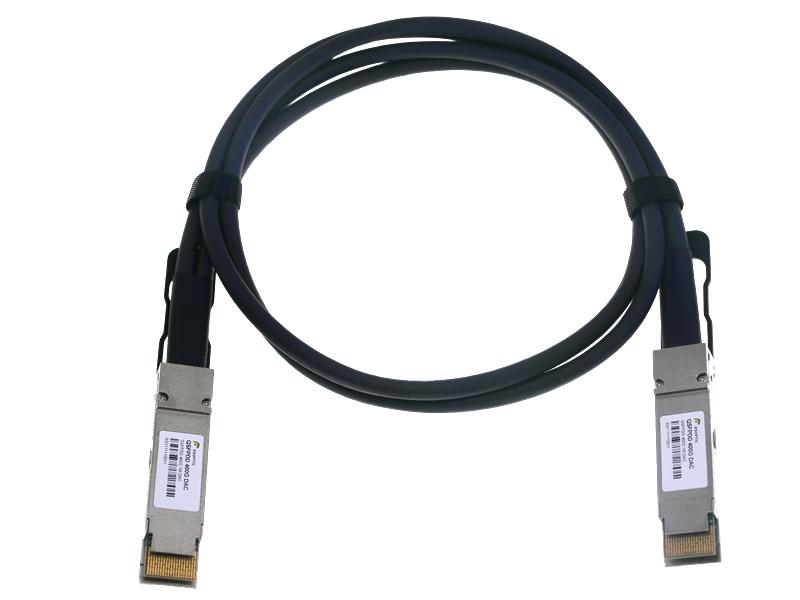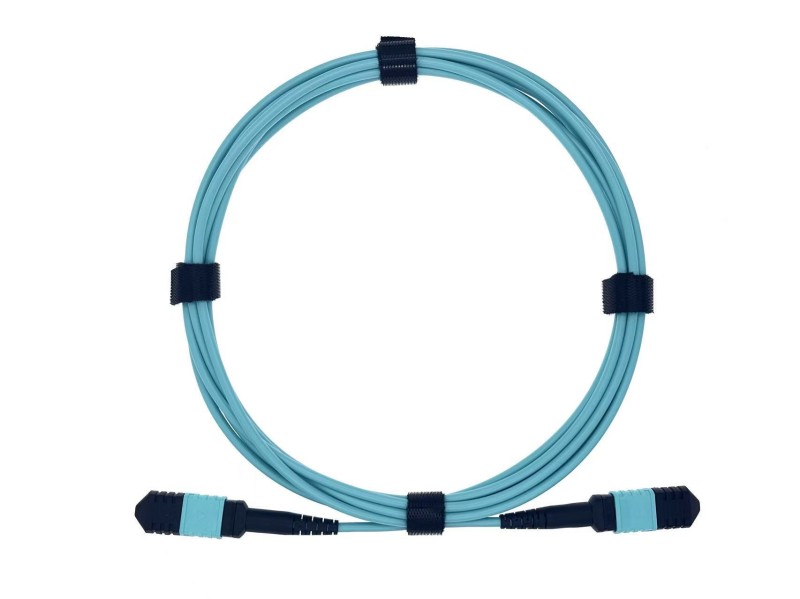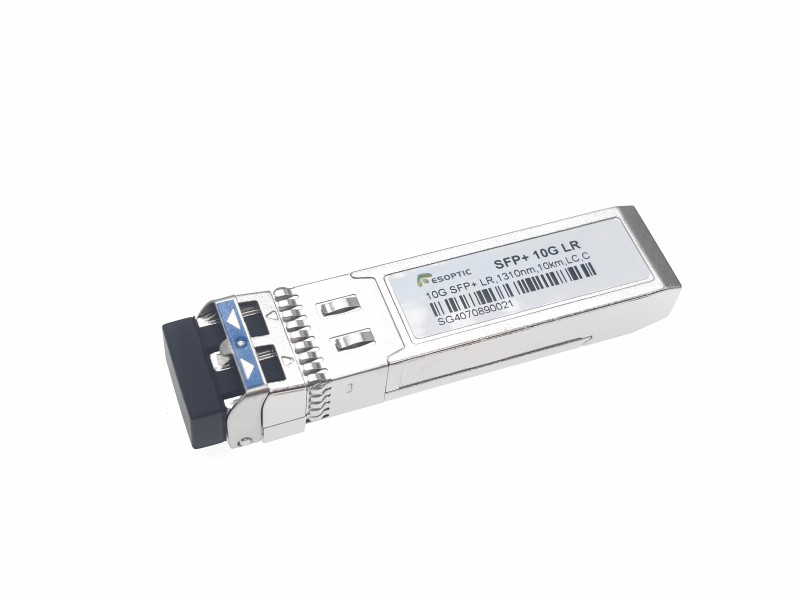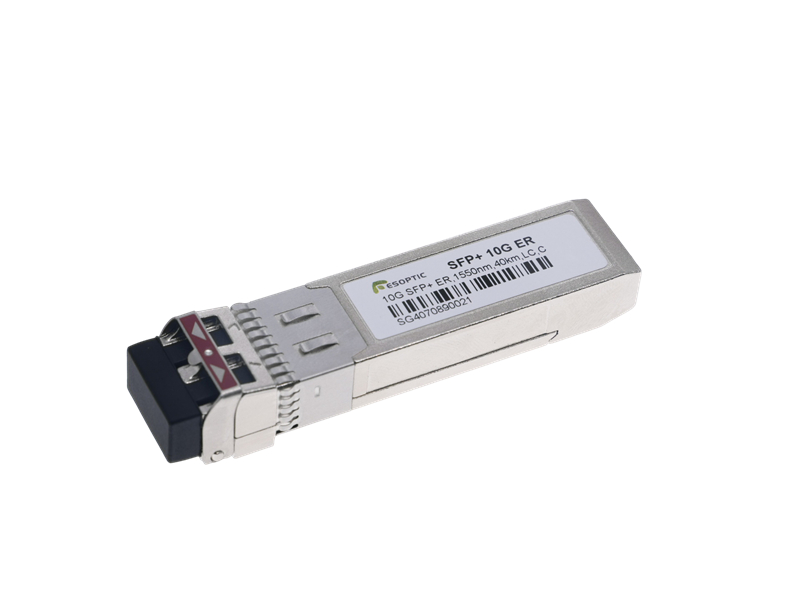In the high-speed data communication field, Infiniband and Ethernet are two major interconnection technologies that shape how data flows within data centers and high-performance computing (HPC) systems. While both use optical modules to achieve fast and stable transmission, their design requirements, performance goals, and application scenarios differ significantly. Understanding these differences helps engineers and system designers choose the right transceiver solutions for optimal performance and cost-efficiency.
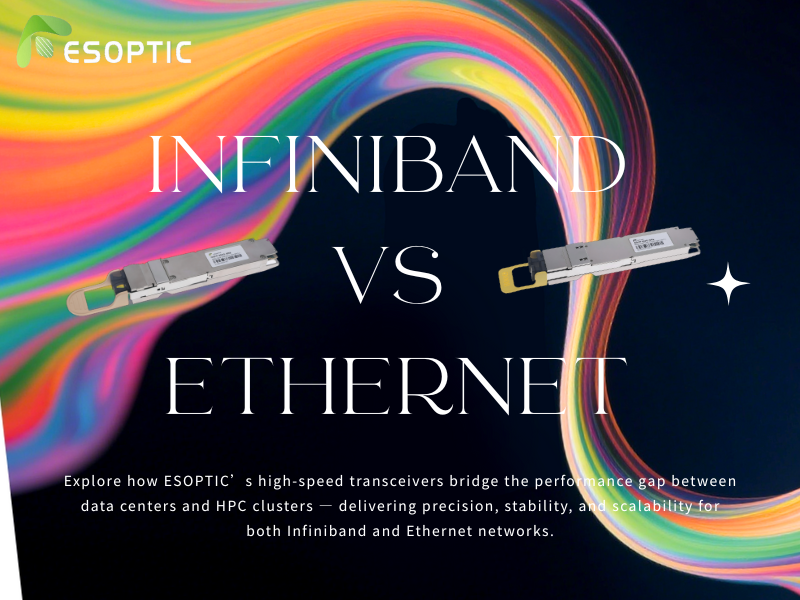
1. The Nature of Infiniband and Ethernet
Ethernet is the universal networking standard used in enterprises and cloud environments. It prioritizes compatibility, scalability, and cost control. Infiniband, on the other hand, is designed for ultra-low latency and high bandwidth, making it the preferred interconnect for supercomputing centers, AI clusters, and HPC networks.
In simple terms: Ethernet is “wide and general,” while Infiniband is “fast and focused.” Both rely on optical modules, but what they demand from these modules varies greatly.
2. Bandwidth and Latency Requirements
Infiniband supports data rates such as HDR (200Gb/s), NDR (400Gb/s), and even XDR (800Gb/s). Its latency can be as low as microseconds, ideal for workloads that require real-time data synchronization.
Ethernet optical modules, such as 100G, 400G, and 800G transceivers, focus on balanced performance and interoperability. Latency is slightly higher, but Ethernet networks are easier to scale and integrate with existing infrastructure.
At ESOPTIC, our high-speed optical modules — including 200G/400G/800G series — are designed to meet both Ethernet data center requirements and Infiniband HPC standards, ensuring stability and precision in different network architectures.
3. Protocol and Signal Integrity
The Infiniband protocol requires stricter signal integrity and link quality control. Optical modules designed for Infiniband must maintain consistent low BER (Bit Error Rate) and tight jitter performance.
In contrast, Ethernet modules emphasize multi-vendor compatibility, auto-negotiation capabilities, and standardized form factors such as QSFP56, QSFP-DD, and OSFP.
4. Application Scenarios
Infiniband: HPC clusters, supercomputing networks, AI training platforms, and scientific simulations.
Ethernet: Cloud data centers, enterprise networks, 5G backhaul, and large-scale storage interconnects.
At ESOPTIC, we provide transceiver modules and AOC/DAC cable solutions optimized for both ecosystems — ensuring seamless interconnects across hybrid infrastructures.
5. Cost and Maintenance
Ethernet optical modules benefit from mass production and standardization, resulting in lower costs and easier deployment.
Infiniband modules, however, are more specialized and require premium-grade optical components to maintain their ultra-low latency and reliability, leading to higher pricing but unmatched performance in HPC environments.
Conclusion
When comparing Infiniband vs Ethernet, the key lies in application needs:
If you seek extreme speed and minimal latency, Infiniband is the way forward.
If you prioritize flexibility, scalability, and universal compatibility, Ethernet remains the dominant choice.
ESOPTIC continues to deliver optical modules that adapt to both Infiniband and Ethernet systems — bridging the gap between HPC performance and data center efficiency.
FAQ
1. What are the main advantages of Infiniband over Ethernet?
Infiniband offers lower latency, higher throughput, and superior performance for HPC and AI workloads.
2. Can Ethernet replace Infiniband in high-performance environments?
Not completely. Ethernet can handle large-scale communication, but it cannot match Infiniband’s microsecond-level latency.
3. Are Infiniband optical modules compatible with Ethernet systems?
Generally no. They operate under different protocols, though ESOPTIC provides compatible solutions for hybrid architectures.
4. Why are Infiniband modules more expensive?
They use higher-grade optical components and tighter quality control to meet low-latency, high-reliability demands.
5. How does ESOPTIC ensure module performance for both systems?
Through strict quality testing, high-speed signal analysis, and customized design optimization for each protocol.
